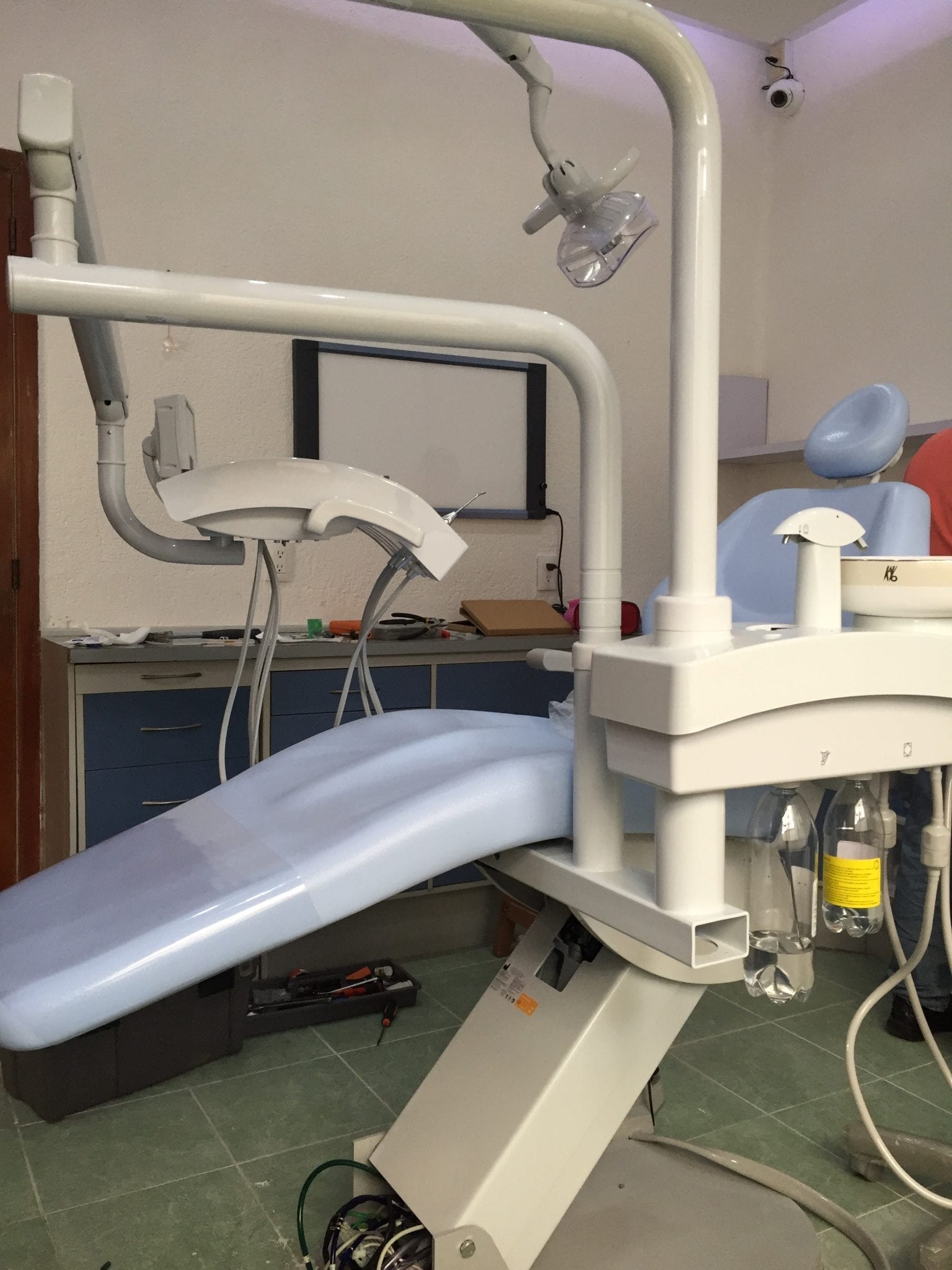Dental emergencies can be alarming, but with timely and appropriate action, you can often alleviate pain and prevent further complications.
Have you ever experienced a sudden, excruciating toothache that left you scrambling for relief? Such dental emergencies can be painful and disruptive, often requiring immediate attention. While it’s essential to prioritize seeking professional care for serious dental issues, understanding the signs of a dental emergency and knowing what to do can help you navigate these situations effectively.
That said, this article will explore the signs of common dental emergencies, guide how to respond, and offer tips for preventing such occurrences.
1. Severe Toothache
A severe toothache can be a symptom of a more serious underlying problem, such as an infection, cavity, or nerve damage. Pain may range from mild discomfort to intense, throbbing pain that could spread to the jaw or ear. If the pain is persistent or if swelling is present around the affected tooth or face, immediate attention is required. To respond, begin by rinsing your mouth thoroughly with warm water to cleanse the area. Gently floss around the affected tooth to remove any dislodged food particles.
Over-the-counter pain relievers can help manage discomfort temporarily. Still, it’s essential to visit an emergency dentist in Melbourne or anywhere near your location immediately to diagnose the cause and begin treatment. Acting quickly ensures the issue doesn’t worsen and can prevent more severe complications.
2. Broken or Chipped Tooth
Accidents, sports injuries, and biting into hard substances can cause teeth to break or chip. This type of injury can expose nerves, leading to significant pain or sensitivity and increasing the risk of infection. If a tooth is broken or chipped, rinse your mouth thoroughly with warm water and gently collect any fragments. To control bleeding, apply firm, steady pressure to the affected area with a clean gauze pad. You can reduce swelling and pain by using a cold compress on the affected area outside your mouth. It’s crucial to see a dentist as soon as possible to restore the tooth and prevent further complications.
3. Knocked-Out Tooth
A knocked-out tooth, also known as an avulsed tooth, is a dental emergency that needs immediate attention. The key factor is time; ideally, the tooth should be reinserted within an hour. If you lose a tooth, carefully locate it and handle it by the crown, not the root. Avoid touching the root, as it can damage the tissues.
Rinse the tooth gently with water, if necessary, but do not scrub it. If you can, place the tooth back into its socket and hold it in place with gauze. If this isn’t possible, store the tooth in a milk or saliva container while you go to the dentist immediately. If treated in time, the dentist may be able to reimplant the tooth, and a splint may be applied to stabilize it until it heals.
4. Cracked Tooth
A cracked tooth may not cause immediate pain but can lead to serious problems if left untreated, such as infection or further breakage. Cracks can extend below the gum line, complicating the treatment and possibly leading to the need for extraction. If you suspect a crack in your tooth, rinse your mouth with warm water to keep it clean and apply a cold compress to the outside of your face to minimize swelling. Avoid chewing on the cracked tooth, as this could exacerbate the damage. Seeing a dentist promptly is essential, as they can assess the severity of the crack and recommend immediate treatments such as bonding, a crown, or extraction in more severe cases.
5. Abscessed Tooth

An abscessed tooth is an infection that can develop at the root of the tooth or within the surrounding gums. It often causes extreme tooth pain, swelling, fever, and sensitivity to hot and cold. In addition to the intense discomfort, abscesses can be life-threatening if the infection spreads to other areas of the body, such as the jaw, neck, or even the bloodstream, leading to sepsis. If you suspect an abscess, rinse your mouth with a mild saltwater solution to help reduce discomfort. Over-the-counter pain relievers can provide temporary relief, but seeing a dentist as soon as possible is critical.
6. Soft Tissue Injury
Injuries to the mouth’s soft tissues, such as cuts or tears in the gums, lips, cheeks, or tongue, can result from falls, accidents, or biting down too hard. These injuries can bleed profusely and cause significant pain. While minor cuts may heal on their own, more extensive injuries require attention. In the event of a soft tissue injury, start by rinsing your mouth with a saltwater solution to help prevent infection. Then, use a clean cloth or gauze to apply firm pressure to the bleeding area to control the bleeding. If bleeding does not stop after 15 minutes or if the wound is severe, seek emergency dental or medical care.
7. Lost Filling or Crown
A lost filling or crown can leave a tooth vulnerable to damage and decay. Although this is not always an immediate emergency, prompt attention is necessary to prevent further complications. If your filling or crown falls out, try to save the restoration and use temporary dental cement from a pharmacy to protect the exposed tooth. Avoid chewing on the affected side of your mouth until you see a dentist. They will likely replace the filling or crown and ensure that no additional damage has occurred to the tooth underneath.
Conclusion
Dental emergencies can be alarming, but with timely and appropriate action, you can often alleviate pain and prevent further complications. By recognizing the signs of common dental emergencies, understanding the necessary steps to take, and prioritizing regular dental check-ups, you can safeguard your oral health and maintain a beautiful and functional smile.


Join the conversation!